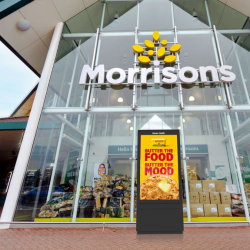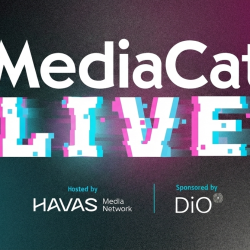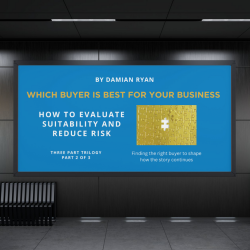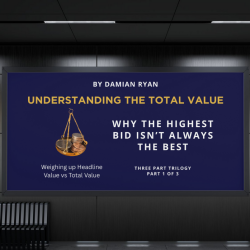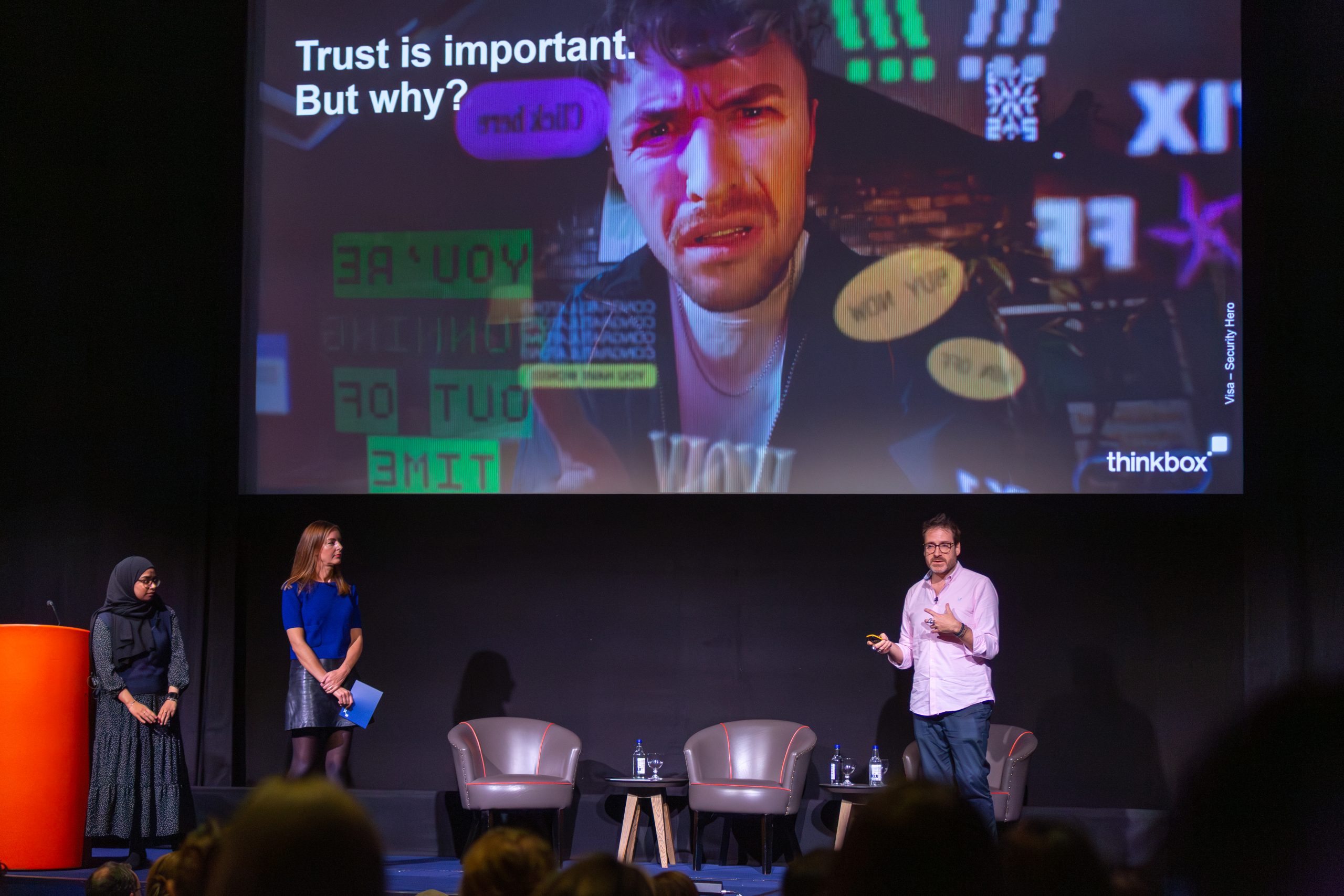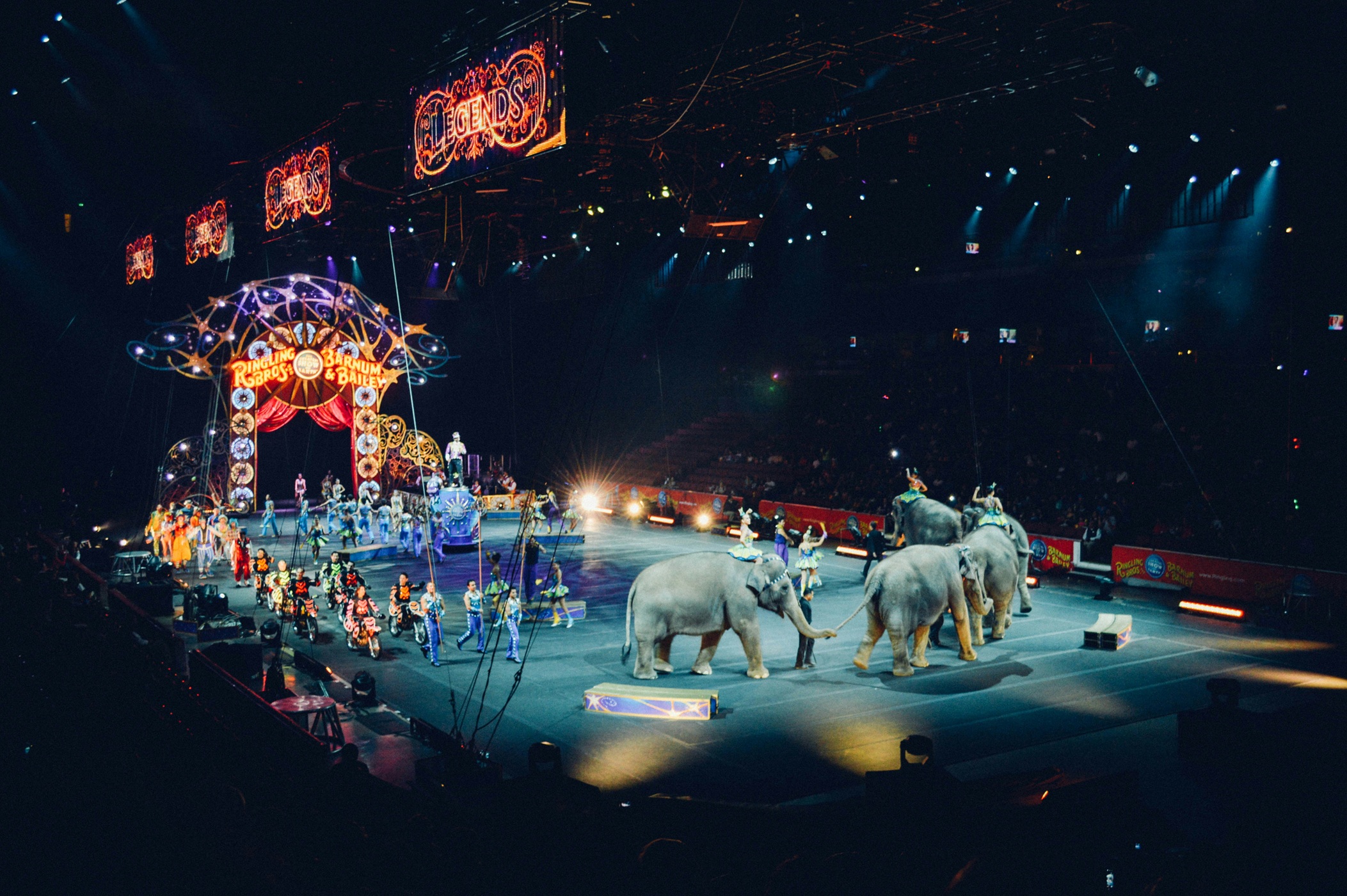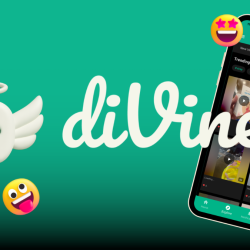In June, global programmatic media partner MiQ launched MiQ Sigma — an AI-powered tool that the company believes is the solution to the fragmentation of the programmatic ecosystem. According to the company, Sigma does this by unifying various data feeds within the ecosystem and crunching that data to allow for better audience planning, discovery and activation while merging the reporting of those various fields within a single, unified platform.
MediaCat had a chat with Zuzanna Gierlinska, UK Chief Commercial Officer at MiQ about the launch, Sigma’s capabilities and the company’s plans for the future.
Can you briefly talk about the capabilities of MiQ Sigma? What problem does Sigma aim to solve?

To give you the elevator pitch on Sigma – it genuinely is the first of its kind end-to-end AI-powered technology for audience discovery, audience planning, audience activation, and audience reporting in a single interface. A ‘dual fuel’, is the way that we position it in Sigma, which is data and AI. On the data front we have connected the world’s largest global dataset. We make a significant investment into data annually. We see approximately 300 different data feeds that gives us visibility over 700 trillion behavioural signals, and then we stitch these together across what we consider are the key consumer states of watching, browsing and buying. That enables us to run deep discovery into consumer mood states as well as look at what [the brand’s] competitors [are] doing. So we can dig into, for example, what your competitor’s share of voice on TV or share of wallet in commerce is. That’s the data piece.
On the AI side – ultimately AI powers Sigma in terms of being able to translate, connect and harmonise that extensive dataset, but we also use machine learning and large language models for audience planning and segmentation. We have agentic AI in the form of a trading agent that we use for campaign decisioning, activation and optimisation. The summary is Sigma has very much been designed to bring speed, intelligence and efficiency to programmatic.
Where is data coming from?
We invest about $25m annually in data partnerships across the states of watching, browsing, buying. Watching data is data that we bring in from ACR [automatic content recognition] partners. In the UK we also look at panel data — for example, BARB — and then we also look at YouTube data from partners, Pixability and Pathmatics. We then use AI to connect those different data sources so we can provide a holistic view to a brand of what’s happening across linear, CTV and YouTube.
Across our browsing part — that’s data coming in from partners like Experian. We pull in data from open and walled garden platforms. So from our DSPs and SSPs — that’s bidstream and log-level data. On the commerce front, specifically in the UK, we recently announced two data partnerships [with Fable and Circana] that enable us to get that granular, point-of-sale data but also see what kind of products are being bought across what supermarkets. Those are in themselves large macro-data environments. We stitch those together to give you that holistic view of the consumer.
I’d also add: we’ve brought in the 15 years of experience of running programmatic into the platform as well. We’re using our 15 years of programmatic experience and knowledge to then power our agentic AI, the trading agent. The decisions that are being made there are based off of long history of programmatic trading.
Can you talk about the agentic AI [product]? What does it do and how do clients interact with it?
It’s less about client interaction in this instance and more about the enablement of our trading capabilities. The trading agent is essentially a sidekick to our trader. It’s designed to collapse the time that a trader needs to be able to activate a campaign [and] to make decisioning and optimisation across a campaign.
Why I said it’s a sidekick to our trader and not replacing our trader is because this is intel that is ultimately then human checked. Every decision that the agentic AI recommends, every trade, optimisation recommendation then comes back and has a human oversight to make sure that that is the right thing for that specific campaign. In the initial testing that we’ve done we take on average what would take a trader six hours to do down to minutes. You can imagine if we’re running multiple campaigns that suddenly really changes the way that a trader can interact with clients. We see that they’re being able to be much more client-centric and focused on building client strategies versus some of the administrative tasks.
How are clients approaching an AI-first platform? Have there been any resistance or concerns?
We did a lot of demos of Sigma in Cannes. We had a good launchpad and an opportunity for feedback. The first thing that we heard from clients is the simplicity of the platform. Because again, we’re taking the end-to-end campaign process, which typically you would do in multiple interfaces, in multiple tools, and we’ve brought that together into a single, seamless interface. Rather than having to go through different platforms and tools, you have that all in one. Being able to take a client through all of those steps in what is an extensive journey through a single UI [user interface] is really resonating. We have built Sigma to enable us to do what we do better for clients, not to replace our people. That’s always been our intention and being upfront with that intention has given clients confidence that we’re not suddenly handing over your campaign to be run by AI. We’re accelerating what we can do, making us be able to be quicker, react faster, more agile and be more precise, but it’s still MiQ driving that and the people at MiQ that are ultimately powering what you do.
You’ve announced stats showing 132% improvement in conversion rates and 57% reduction in cost per action. When will you have independent, third-party validation of these metrics?
It’s definitely something we’re working on as we have more advertisers running through the platform. I would say that already today we work with a whole breadth of third-party measurement partners. In fact, we were just discussing a campaign for a client that’s using the TV intelligence part of the platform to identify incremental reach opportunities. We’re using a third-party to measure the output of that incremental reach. So that’s already in existence, but more broadly, having a third-party layer across Sigma – I think that’s work in progress.
Are there any plans to add more capabilities to Sigma in the next 12 months?
I mentioned in the UK we’ve recently done data partnerships with Circana and Fable, but we’re obviously also talking to a lot of the retail media networks and looking at how we can harness their unique datasets. I wouldn’t say it’s necessarily going to be whole-scale changes but it’s just constant progress and evolution. Importantly, we’ve built Sigma to be interoperable, so as much as we feel that we want to be developing our own platform we are working with our agency partners to enable them to either build into our environment or use pieces of our environment to help advance and accelerate their own technology capability. That’s an important function of Sigma.
How do you see the overall programmatic ecosystem evolving in the next few years?
I think there’s a fundamental component that Sigma’s been built to solve, and that is fragmentation. There’s a huge amount of complexity and fragmentation in the programmatic ecosystem. That’s only continuing to scale with the proliferation of data points, touch points and media channels that consumers have access to. Building what we see as a wrapper around the programmatic ecosystem with Sigma, we feel that we’re really helping the agencies and the brands that we work with to futureproof their marketing strategies.
In terms where we see the industry moving in general — I think that solving for that fragmentation is fundamental and critical. There’s an evolution, because what AI enables you to do is much more predictive modelling. Rather than having to read in the moment the bidstream and decide whether you want to target that audience and what price you’re willing to bid, AI is enabling you to do much more upfront predictive analysis and curation of audiences or curation of media. You can see that shift starting to happen in the programmatic industry, from what we would call real-time bidding to almost real-time predictions. And we’re seeing that through the Sigma platform as well.
Can a unified product like Sigma serve as a solution to the transparency issues of the programmatic ecosystem?
Absolutely. That is also one of the loudest pieces of feedback we are hearing from our clients. Within Sigma we’ve built the ability to build audiences based on natural language input, but there are deep layers of transparency in terms of how those audiences are brought together. There’s the ability to augment that data without losing control of size or quality of media. Then we provide real, clear transparencies if you’ve defined an audience in terms of the ability to scale and reach that audience within that platform. The feedback that we’ve had from agencies is that this isn’t like a black box AI.As the campaign is running and delivering, we’re enabling agencies and brands to log in to the platform and have visibility of reporting themselves, [and] to be able to do that in a simplistic manner within a single interface.
Does it bring the cost down as well?
From a media perspective?
Yeah.
I would say [it] another way – there is no cost to clients in using Sigma. We’re not adding an incremental cost layer because you suddenly have advanced AI technology running your programmatic or providing you insights. From that perspective, I would say we’re maintaining the costs that we always have. It’s not adding an overage.
Featured image: Created using ChatGPT


